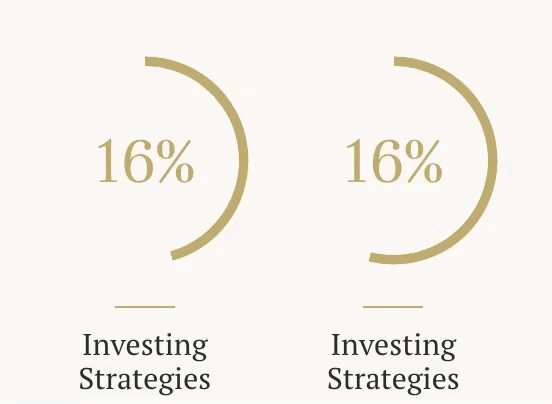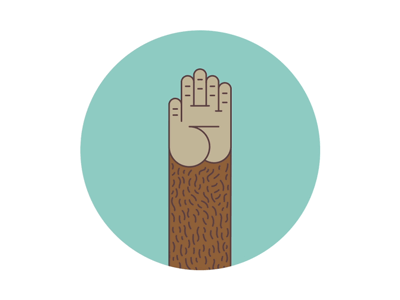Estimated reading time: 6 minutes
If you truly need your website to work for your business, you’ll need to aim higher and go beyond certain fundamental principles.
How Can UX Help With All That?
In the hyper-competitive environment in which most e-commerce business owners find themselves, it’s tough to differentiate your store from the others. An important way to stand out is by offering your visitors an incredible online shopping experience. That’s where User Experience (UX) comes in.
The way you design your website can have a surprising effect on what shoppers do when they visit. When visitors find your site to be delightful and easy to use, they’re more likely to stick around. But UX can do much more than offer a great experience. It can also encourage visitors to interact with your site. We call that ‘engagement’. Once that engagement happens, visitors are one step closer to becoming customers.
Engagement is Key – Good UX Can Help
Anyone selling anything online should have as one of their goals to increase engagement with potential and existing customers. Engagement helps drive alignment, which can lead to a sale. It can also lead to brand love and all those other goodies you hope for beyond that initial sale.
Good UX can broaden and enrich visitor engagement, which is the first step toward making them fall in love with your brand and buy what you’re selling. Here are six ways UX can increase that engagement.
1. It Makes Shopping Easier
Good UX used to be about creating websites that work in a number of different environments and which require little or no instruction. In other words, you need to have a design that’s both responsive and intuitive. Ensuring your site works on mobile and can adjust to varying widths of tablets, laptops, and PCs is definitely not cutting-edge strategy these days, however. And a clearly-organized website with a good navigation menu? Well, that’s web design 101.
What you want is for visitors to find it a pleasure to get things done on your website. You want to make their lives easier.
Advanced UX techniques should make it easy to…
- Browse product categories
- Search for products
- Compare products
- Make wish lists
- Save shopping carts for later
- Apply promotion codes
This will entail not just a great navigation system but also well-designed product pages that highlight essential product info, eliminate clutter, and use graphics and color to guide the eye where it needs to go. Of course, you’ll need to deliver a seamless experience with wish lists, product comparison, promo codes, and the rest, too.
2. It’s Habit-Forming
If you’re selling something online and you want to capture young shoppers, sophisticated UX is crucial. Remember, younger generations have grown up online and have always been immersed in digital experiences featuring the latest in engagement tactics.
For them, and increasingly for older shoppers, an e-commerce store has to be much more than a financial transaction. It has to offer them the level of engagement they’ve become accustomed to. One tactic that consumer apps and highly successful e-commerce websites use to increase engagement is gamification.
Gamification can be as simple as using visual rewards that form habits to keep users engaged.
For example, every e-commerce business owner wants customers to create accounts with them. The more info they provide, the better. Providing a progress bar showing how far they’ve come with completing their profile is a super-effective way to gamify that desired outcome.

3. It Never Leaves Them Feeling Unattended
If you’ve visited a website with a cute preloader that encourages you to be patient, you’ve already experienced a great, UX-based engagement technique. You never want to leave your visitor wondering what’s happening. Pages that take a moment to load aren’t ideal, but sometimes it’s unavoidable. For those instances, you should have a good preloader.
It might say “we’re loading something awesome” or “please give us a moment to collect our thoughts“. It could even be a scene that entertains you while the page loads. Try and design one that speaks to your target audience.
4. It Delights
Our brains are wired to crave predictability, so when we receive unexpected rewards, we sit up and take notice. Sprinkling your website with variable rewards can endear your visitors, keeping them shopping and coming back for more.
A classic example is MailChimp, an email newsletter service for digital marketers and website owners. After a user has created an email, configured everything, and sent it out, MailChimp gives a fun reward. In place of a simple confirmation that the emails have been sent, they offer a fun “high five” GIF:

This type of ‘delight’ can take place at any point during the browsing/shopping experience but it’s particularly effective to ease tension during a moment of stress.
5. It Sparks Curiosity
A successful brick and mortar retail store will have salespeople who work their magic to encourage shoppers to browse and try new things. An e-commerce website should do the same thing. Your UX techniques need to work that same kind of magic. To that end, good UX will spark curiosity.
What are today’s specials? What goes with that shirt?
Those are the kinds of questions you want your visitors to be asking when they’re on your site. Designing with those goals in mind is key, and this can be accomplished by someone with a good eye for enticing visitors to explore.
6. It Reacts
Users love it when they get confirmation after performing actions on a website. However, it’s difficult to provide that confirmation without being too intrusive on the shopping experience. One method that takes care of this nicely is the use of “micro-interactions”.
Google has a lot to say on this. Their documentation on how to design effective interactions through animation recommends “delightful screen reactions to user input”.
Here’s an example of these so-called ‘micro interactions’. Consider this subtle animation, which appears when a user ‘likes’ an image. Retail sites make use of ‘favorites’ all the time these days. Adding this simple micro-interaction makes your site better than those who don’t.

Conclusion
Winning sites that convert traffic into leads and customers are very often the sites that engage visitors the most. As you’ve seen here, one of the top ways to increase engagement on your website is to make improvements in the user experience (UX).
Your e-commerce site will be more competitive if you stay focused on driving engagement with good UX. Most developers would agree that this can make all the difference in the world and most online retailers would be able to back that up with actual sales metrics.